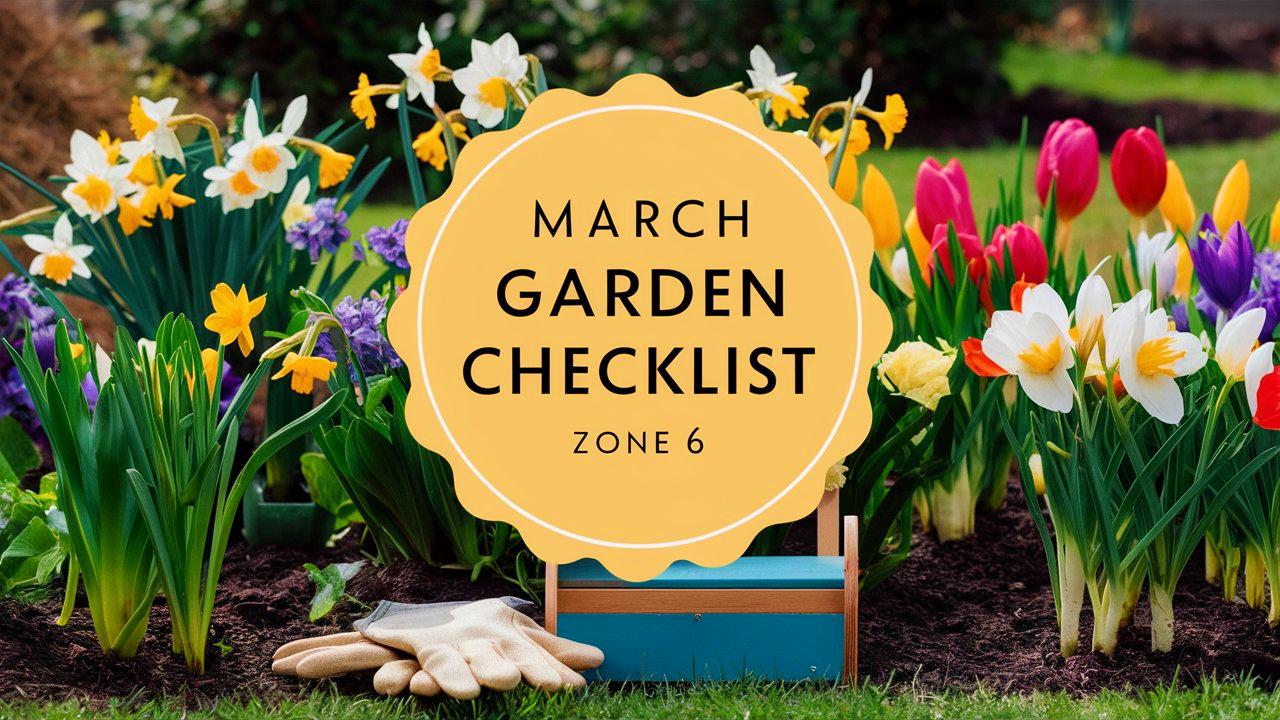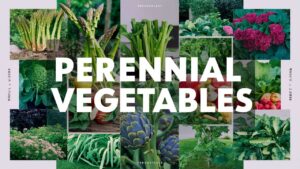As the chill of winter begins to fade away, gardeners in Zone 6 eagerly anticipate the onset of spring. March is a pivotal month when gardeners transition from winter planning to actively preparing for the growing season.
This month marks the time to map out your garden, finalize your supplies, and kickstart your planting schedule. Whether you’re new to gardening or looking to refresh your knowledge, this comprehensive March Garden Checklist for Zone 6 will guide you through essential tasks to ensure a thriving garden.
Spring Garden Planning
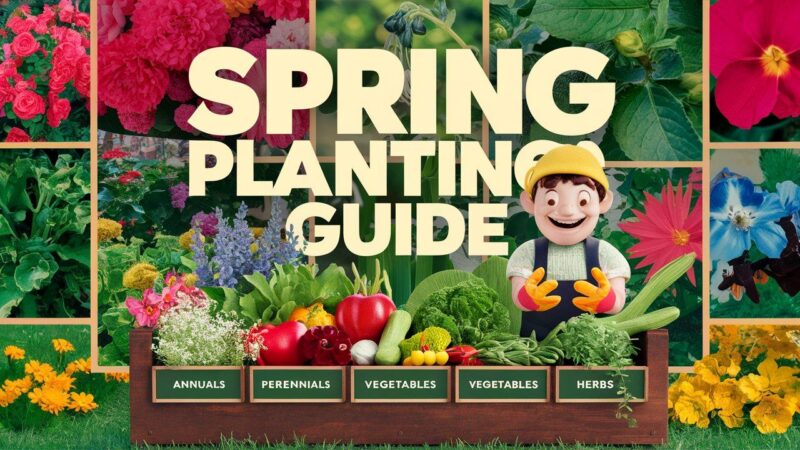
Planning your garden in March sets the foundation for a bountiful harvest. Begin by assessing your gardening space and considering the types of plants you wish to grow. Understanding your garden’s environment—sunlight accessibility, soil type, and moisture levels—is crucial to your planning.
Creating a Planting Schedule
This is a prime time to develop a planting calendar, which will help you know when to sow seeds indoors and when to transplant seedlings outdoors. For Zone 6, the last frost typically occurs around April 30. You’ll want to account for this date when planning your outdoor plantings. Consider which vegetables, herbs, and flowers will thrive in your garden and their respective planting timelines.
Choosing Your Plants
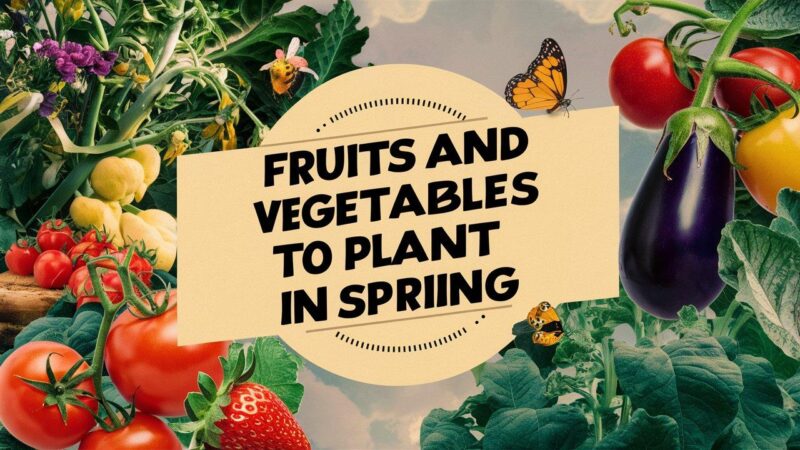
When selecting plants for your garden in Zone 6, consider both cool-season and warm-season crops. Cool-season vegetables like lettuce, spinach, and kale can be planted as early as mid-March, while warm-season crops such as tomatoes and peppers should be started indoors in March for later transplanting. Make a list of your desired plants and include notes on their light and soil needs, which will streamline your shopping and planting process.
Planning Companion Plants
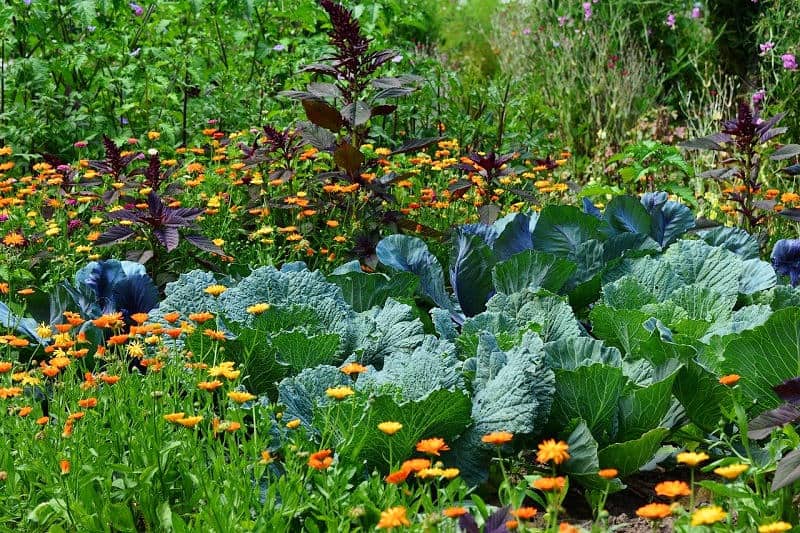
Incorporating companion planting strategies can enhance plant growth, deter pests, and maximize space. Research which plants grow well together; for example, tomatoes are often paired with basil, while carrots thrive near onions. This knowledge not only improves yield but also promotes a healthier garden ecosystem.
Garden Tools and Supplies Assessment
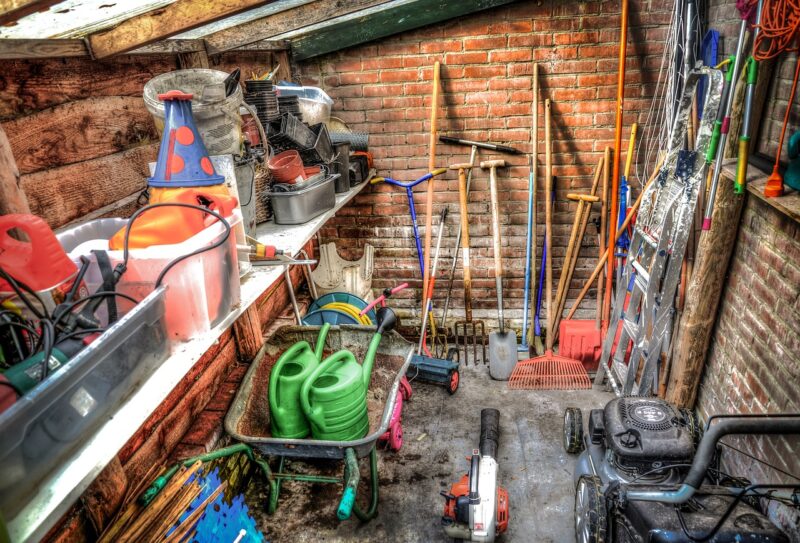
As spring approaches, it’s essential to assess your garden tools and supplies. Examine your existing inventory and determine what needs repairing or replacing. Gardening tools are not just implements; they can significantly affect the efficiency and outcome of your gardening efforts.
Stock Up on Garden Supplies
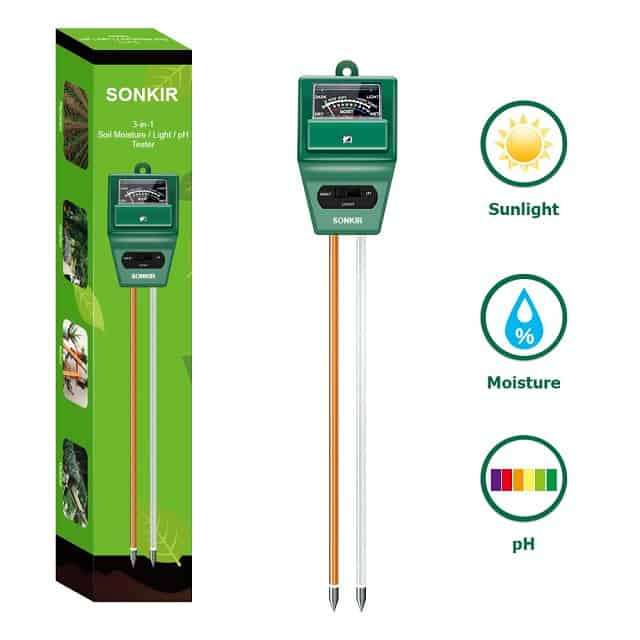
March is an ideal time to gather essential gardening supplies. Here’s a checklist of must-haves for your garden:
Soil Test Kit: Analyze your soil’s pH and nutrient levels to help inform soil amendment choices.
Seed Starting Supplies: Obtain seed trays, peat pots, and seed starting mix to kick off your indoor planting.
Mulch: Prepare a winter’s worth of mulch to suppress weeds and retain moisture as you prepare your garden beds.
Fertilizers and Compost: Gather organic fertilizers and compost to enrich your soil when planting.
Hand Tools: Ensure you have the right hand tools, such as trowels and pruners, maintained and ready for use.
Watering Supplies: Check hoses, watering cans, and drip irrigation systems for functionality to ensure proper hydration once planting begins.
Having an inventory of tools and supplies will not only save you time but also help you work more effectively in the garden.
Spring Garden Maintenance
The arrival of spring heralds the need for garden maintenance activities that kickstart your growing season. March is a time for revitalization, allowing you to prepare your garden beds and ensure that your plants have a strong start.
Mulching and Amending the Garden
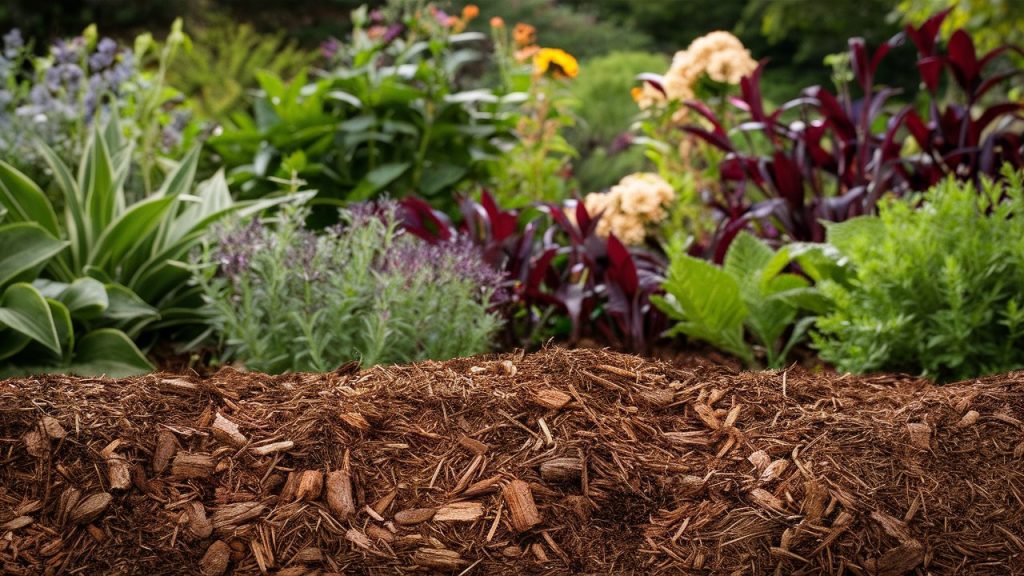
Cleaning up your garden beds from winter debris is an important initial step. Remove any dead leaves, branches, and other debris that can harbor pests or diseases.
Soil Amendment
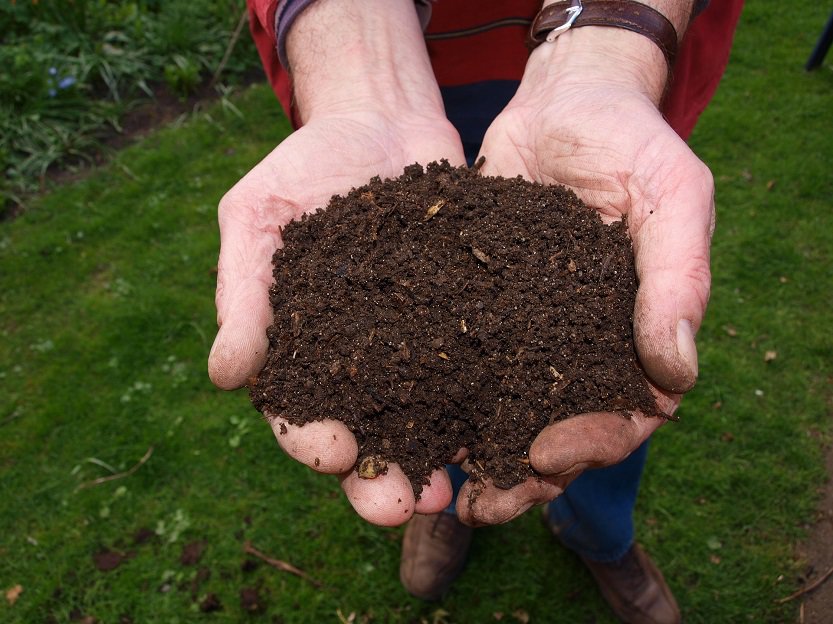
Once your beds are clear, consider amending your soil to ensure it is nutrient-rich and well-draining, which is essential for healthy plant growth. You may wish to:
Add Compost: Incorporate organic matter like compost to improve soil structure, enhance nutrient levels, and promote beneficial microorganisms.
Test Soil pH: Use a soil test kit to measure the acidity or alkalinity of your soil. Based on the results, you may need to add lime to raise pH or sulfur to lower it.
Apply Organic Mulch: After amending your soil, apply a layer of organic mulch, such as straw or wood chips, to regulate soil temperature, suppress weeds, and retain moisture.
Proper mulching and amending enhance the fertility of your garden, preparing it for healthy plant growth and increased productivity.
Pruning Trees and Shrubs After Winter
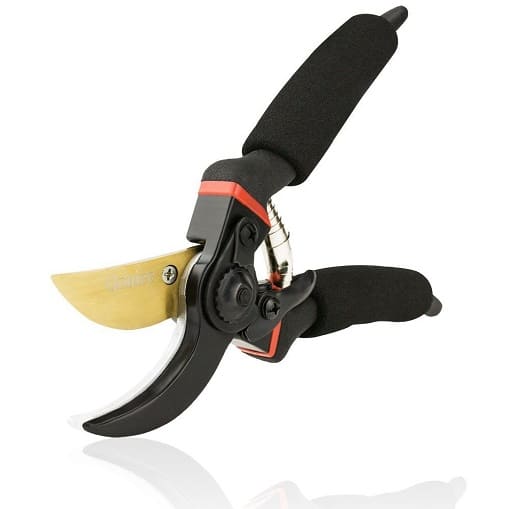
March is also a critical time for pruning deciduous trees and shrubs before they break dormancy. Proper pruning encourages growth, improves air circulation, and helps shape your plants for the season ahead.
Timing and Techniques
Assess Your Plants: Identify which trees and shrubs need pruning based on their growth habits. Look for dead or damaged branches and overcrowded areas.
Use Proper Tools: Ensure that your pruning shears are sharp and clean to make precise cuts without damaging the plant.
Make Clean Cuts: For branches, cut at a 45-degree angle just above a bud that faces outward to promote an open growth habit. Remove any disease- or insect-infested wood to prevent further issues.
Regular pruning in early spring boosts your plants’ health and aesthetic appeal, as well as promoting flowering and fruiting.
Indoor Gardening
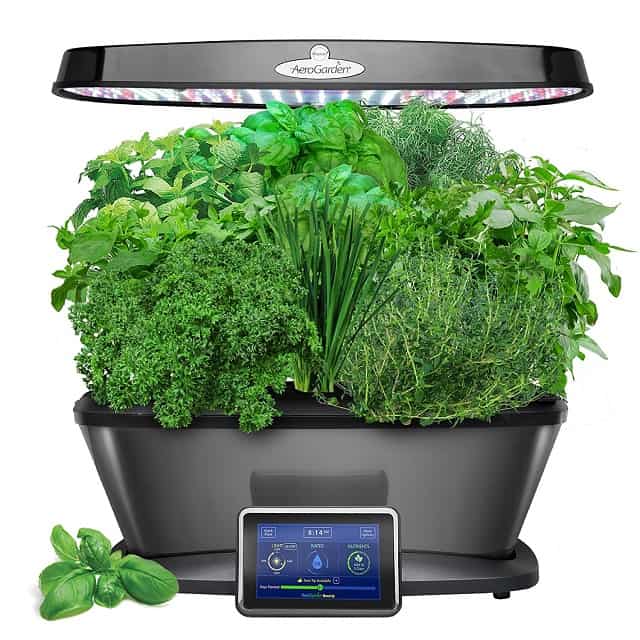
Indoor gardening becomes a focal point as growers begin to prepare for the outdoor planting season. March is an excellent time to start various seeds indoors, giving them a head start for transplantation.
Indoor Seed Starting
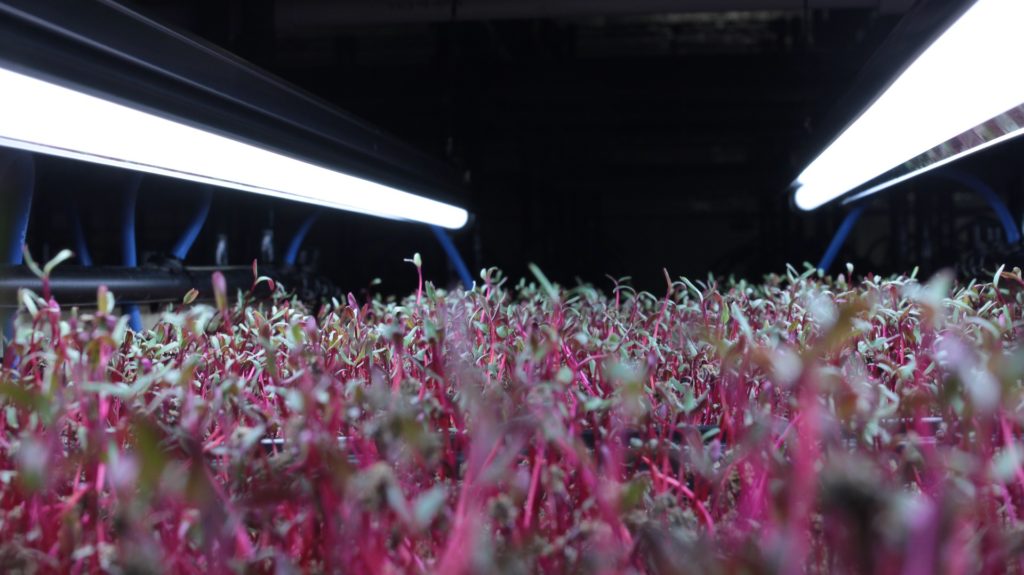
Starting seeds indoors allows for an earlier harvest and can save money on buying seedlings. Here’s how to get started:
Selecting Seeds
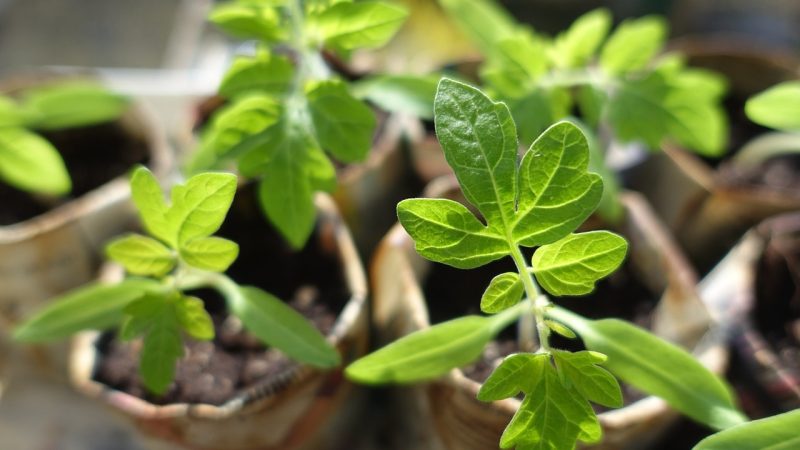
Choose from a variety of vegetables that thrive when started indoors in early March. Ideal candidates include:
Beets: These root vegetables enjoy well-drained soil and make for an early crop.
Cabbage: A cool-season crop that benefits from starting indoors before getting transplanted outside.
Carrots: While they can be directly sown outside, early indoor starts can lead to earlier production.
Kale: Another hardy green that can be planted indoors in March for an early spring harvest.
Lettuce: Versatile and fast-growing, lettuce is perfect for indoor starting to enjoy fresh salads.
Onions: These can be started indoors for strong growth before transplanting.
Peppers: Warm-weather plants that benefit from an early indoor start due to their longer growing period.
Spinach: Hardy and nutritious, spinach can be effectively started indoors for a spring harvest.
Tomatoes: These thrive when started indoors, allowing for robust seedlings ready for garden integration.
Beans: While often sown directly outside, starting indoors can lead to an advantageous jumpstart.
Providing Optimal Conditions
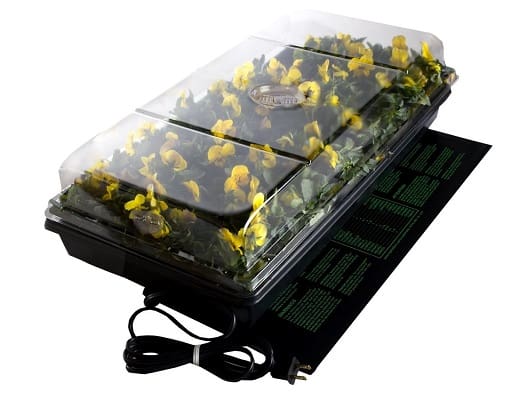
Utilize seed starting trays or containers filled with seed starting mix. Maintain adequate moisture and warmth, utilizing grow lights if necessary. Keep a close eye on the moisture levels, watering as needed to keep the medium moist but not waterlogged.
Force Branches Indoors
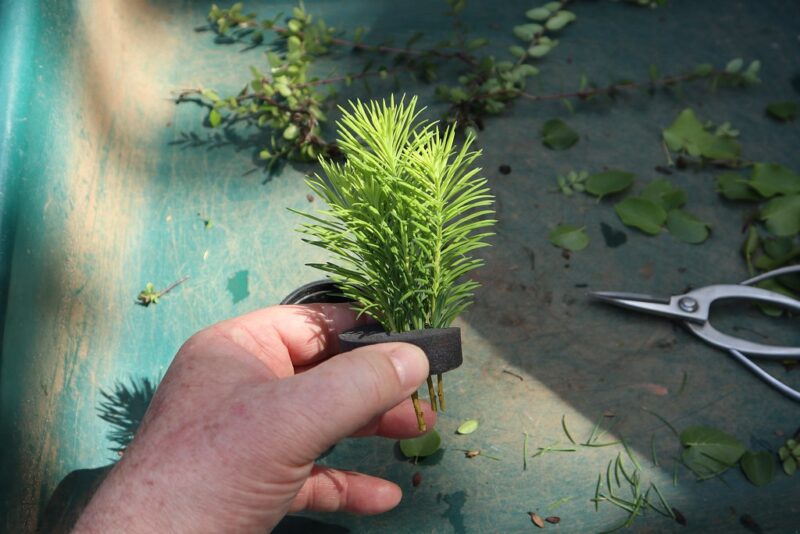
Another exciting aspect of March gardening is forcing branches indoors. This technique allows you to enjoy early blossoms from spring-flowering trees and shrubs.
How to Force Branches
Select Branches: Choose healthy, pliable branches from trees like forsythia, cherry, or flowering quince.
Cut and Prepare: Cut branches about 12 to 18 inches long and make a fresh cut at the bottom to allow for better water absorption.
Place in Water: Arrange the branches in a vase of fresh water and place them in a bright, warm location in your home.
Humidity: To encourage blooming, consider misting the branches regularly to maintain humidity.


